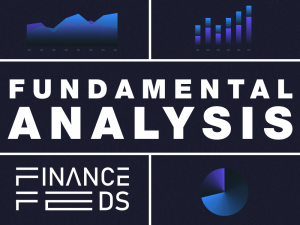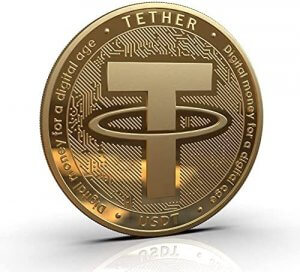SETL announces 1 million tps on blockchain network
SETL, the payments and settlements infrastructure provider, has announced that it was able to demonstrate its Regulated Liability Network that can process 1 million transactions per second.

This is likely to be a huge moment with the financial services industry which has not been sure about the scalability of the blockchain networks and was hence looking elsewhere for a solution to their digital transition problems.
Compares Favorably to Other Blockchains
As an example, Ethreum processes less than 20 transactions per second while even the fastest blockchains out there, like Solana, have speeds only up to 50,000 transactions per second. So, it is indeed a huge jump in speed if what SETL demonstrates is true and can be replicated at scale. This new network is based on a paper released by Tony McLaughlin of Citibank and the company has since taken the initiative and managed to prepare the required infrastructure and is now out with a demo that is being tested by many banks.
Anthony Culligan, chief engineer, SETL, said: “This is a breakthrough moment for financial services. We are deploying the technology used by social media, ride-sharing, and online markets, to create an extremely effective payment and settlement infrastructure. It is inherently distributed, secure and resilient.”
Scalability is Likely a Challenge
The challenge would be to demonstrate the scalability of the system as there are likely to be 1000s of banks in a region and it is important for the system to be able to handle the transactions from each of these banks safely and securely so that they don’t crash or affect the other parts of the system.
It is understood that the system can be split into several partitions and each large bank or central bank would be controlling separate partitions of the system. The network would then coordinate the move of transactions between the various systems and thus even simple domestic transactions or complex wholesale movements can be handled by the system. The trial of the system is already running and several banks are testing the system and this is expected to run for a few months before it can be safely declared that the network is as scalable and safe as the banks would want it to be. If this indeed turns out to be good, then we could be in for a big change in the transaction speeds in the banking world.









